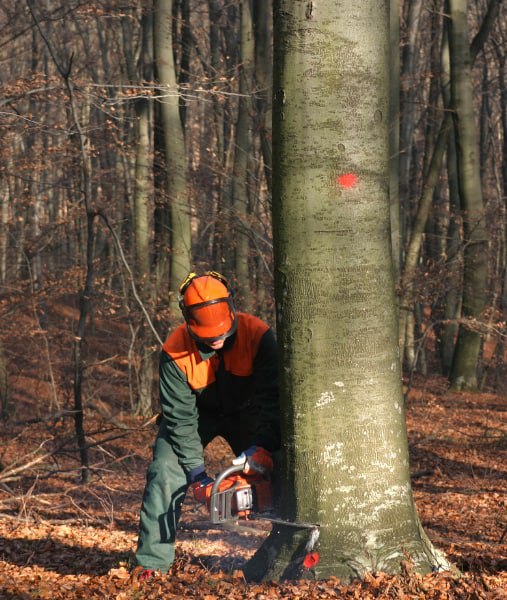
Introduction: Tree crown reduction is a crucial aspect of arboriculture, offering an effective way to manage tree size, shape, and health. However, there’s no one-size-fits-all approach to crown reduction. Different trees and situations may require unique methods to achieve the desired outcome. At PW Tree Surgeons, we understand the importance of exploring diverse techniques for crown reduction to meet the specific needs of each tree. In this blog post, we’ll delve into various methods of tree crown reduction and their applications in tree care.
Selective Branch Pruning:
- Selective branch pruning is the most common method of crown reduction, involving the targeted removal of specific branches to reduce the overall size and density of the canopy. Arborists carefully assess the tree’s structure and growth patterns to identify branches that need pruning, focusing on maintaining the tree’s natural shape and balance while achieving the desired reduction.
Drop-Crotch Pruning:
- Drop-crotch pruning is commonly used on mature trees with dense crowns or co-dominant stems. It involves removing entire branches back to their point of origin, known as the drop-crotch, to reduce the overall size and weight of the canopy. This method helps improve tree stability, reduce the risk of limb failure, and promote healthy regrowth from the remaining branches.
Thinning:
- Thinning is a crown reduction technique that selectively removes inner branches to increase light penetration and airflow within the canopy. Arborists carefully thin out crowded or crossing branches, focusing on maintaining a balanced distribution of foliage while reducing the overall density of the crown. Thinning helps promote tree health, stimulate new growth, and improve aesthetics.
Directional Pruning:
- Directional pruning is a strategic approach to crown reduction that focuses on shaping the tree’s growth direction by selectively removing branches growing in undesirable directions. Arborists prune branches to redirect growth away from structures, power lines, or other potential hazards while promoting outward expansion and upward growth. This method helps maintain a clear space around the tree and minimises the need for future pruning.
Stub Reduction:
- Stub reduction involves removing stubs left behind from previous pruning cuts to promote proper healing and minimise the risk of disease or decay. Arborists carefully trim back protruding stubs to the branch collar, allowing the tree to seal off the wound more effectively and reduce the likelihood of insect infestation or fungal infection.
Conclusion: Tree crown reduction is a versatile technique that offers numerous benefits for tree health, safety, and aesthetics. By exploring different crown reduction methods and tailoring them to the specific needs of each tree, arborists can achieve optimal results while preserving the tree’s natural beauty and structure.
Call us on: 01892 352895
Click here to find out more about PW Tree Surgeons
Click here to complete our contact form and see how we can help with your tree’s needs.